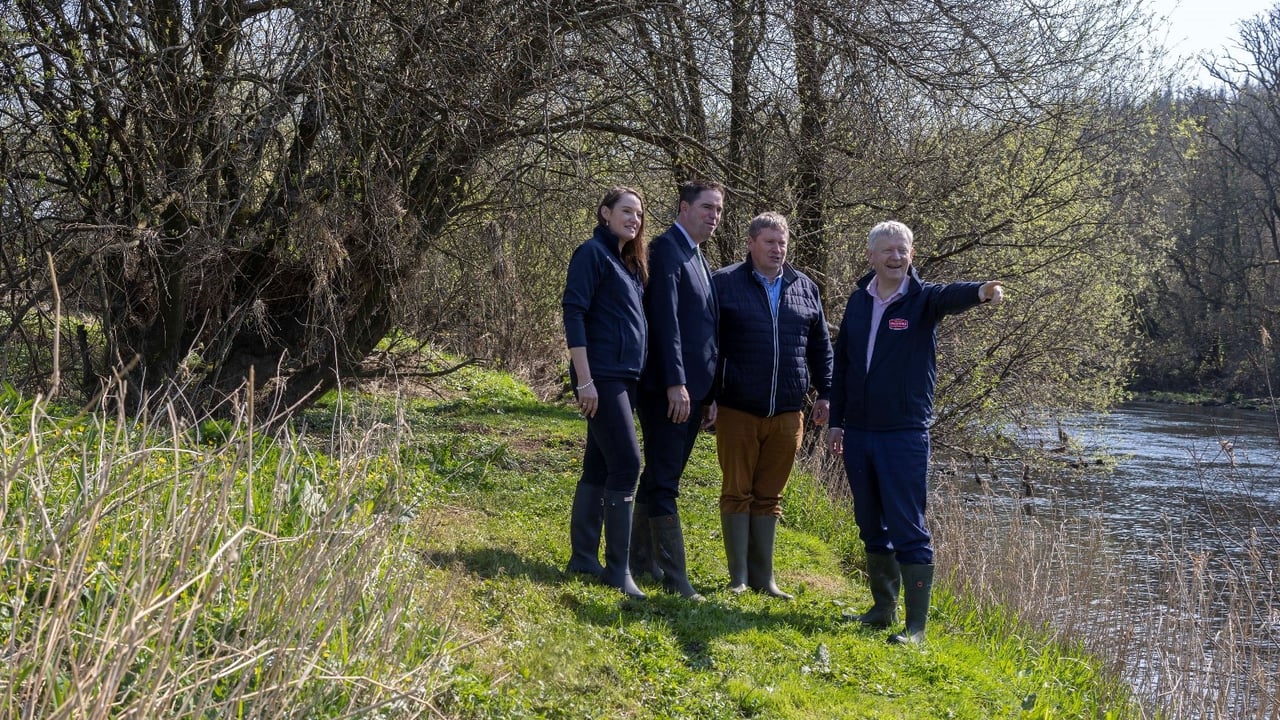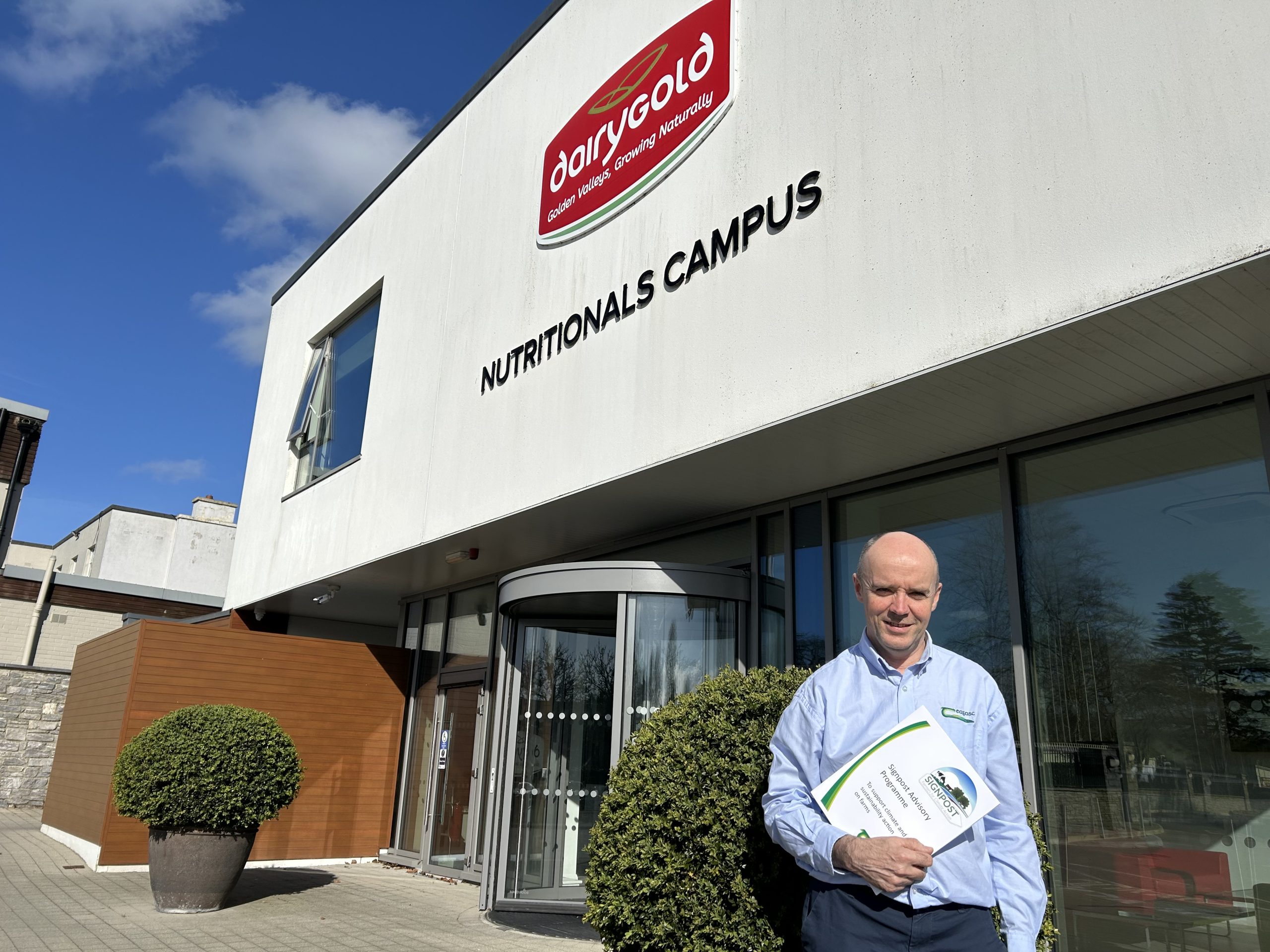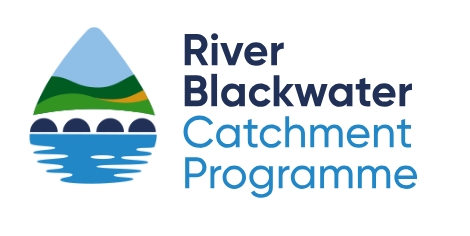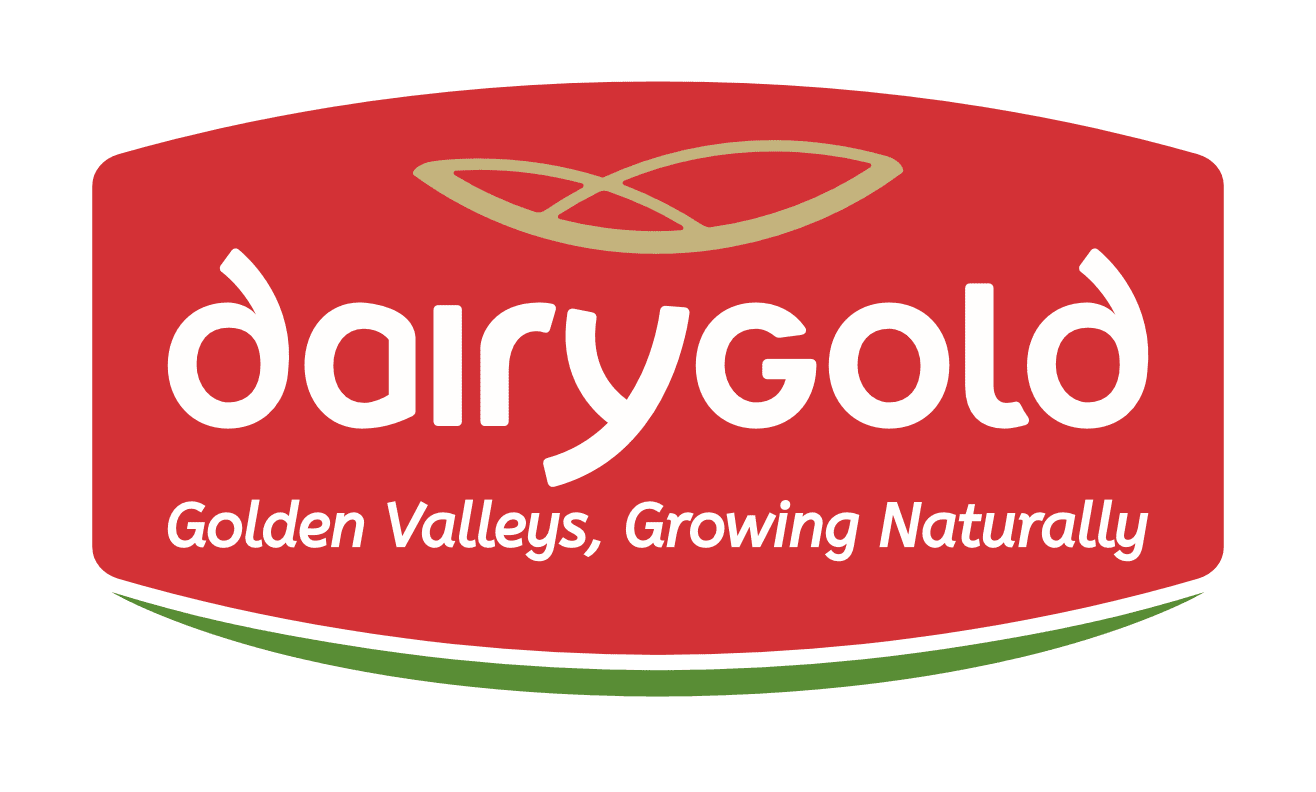River Blackwater Catchment Series


At farm level, environmental sustainability and profitability are often perceived as being in conflict with one another.
However, being more conscious of the actions taken on your farm and improving soil health, water quality, biodiversity and reducing greenhouse gas (GHG) emissions can significantly improve farm profitability.
As part of the recently launched River Blackwater Catchment Programme, Dairygold and Teagasc are collaborating through Dairygold’s Grassroots Sustainability Programme and Teagasc’s Signpost Programme to offer one-on-one consultations to individual suppliers.
These consultations focus on nutrient balance, water quality and GHG emissions. All appointments are organised by Dairygold milk quality advisors.
As part of the Dairygold series focused on efforts to enhance water quality in the River Blackwater catchment area, Teagasc Signpost Programme sustainability advisor for the Kerry/Limerick region, Tom O’Connor, discussed his role in guiding farmers on optimising their nutrient balance, reducing GHG emissions, and increasing farm profitability.
The Signpost Programme is a free programme which provides enhanced advisory and training support to farmers to help them to select and implement climate, nutrient management and other sustainability actions that are appropriate and impactful on their farms.
O’Connor is working with Dairygold suppliers in the River Blackwater Catchment area to help them understand where the risks are on their farms and where improvements can be made to improve both farm profitability and sustainability.

The overall aim of the programme is to empower farm families to adopt technologies and production systems that will allow agriculture to reduce GHG emissions by 25% by 2030 and improve an individual farm’s nutrient balance, while maintaining farm profitability.
Tom O'Connor is encouraging farmers to organise a meeting with their local Teagasc Sustainability advisor as it will firstly allow them to understand their farm from a nutrient leaching perspective.
Tom noted that that when he meets individually with farmers, the first thing he gets across is that “you’re not going to have any extra burden of work to do as a result of this, as it is more about awareness”.
In general, nitrates leaching occurs on farms with freer drained soils and phosphorus leaching occurs on heavier soil type farms.
Nitrates travel downwards directly into the soil whereas phosphorus is more about overland flow and is about controlling the point where it enters as well as its flow pathway.
Targeted fertiliser application at optimum times throughout the main growing season, particularly on low permeability soils, along with suitable land management can help mitigate against the risk of phosphorus and sediment making their way to our rivers and streams.
Mitigation options to reduce sediment and phosphorus loss include:
- Prevent access by livestock into drains and streams and provide alternative drinking water sources;
- Divert all surface run-off from farm roadways to a field or soak pit;
- Establish targeted riparian buffer zones;
- Employ proper drain maintenance practices;
- Silt/sediment traps should be in place prior to installing new open drains leading to streams;
- Stone should not be filled to the surface of new field drains.
Speaking about the risks in each farmyard and land type, O'Connor believes that there is something for every farmer to consider in the European Innovation Partnership (EIP) Farming for Water funding of €60 million which can provide funding to farmers to allow them implement positive changes on their farms that will control N and P loss.
To minimise N leaching on your farm:
- Minimise leaching by using the right product (e.g., protected urea), in the right place at the right rate and time;
- Use low emission slurry spreading equipment (LESS) as this will allow for a reduction in the amount of chemical N required and it will also reduce ammonia losses to air;
- Before spreading nitrogen or slurry, ensure there is no heavy rainfall forecast, soil temperature should be greater than 5.5°C and climbing, grass growth rates increasing and ground conditions trafficable;
- Ensure soil fertility is optimum for lime, P and K. Follow your nutrient management plan (NMP). On moderate to highly stocked farms aim for P and potassium (K) index three;
- Maintain buffers near water courses when spreading slurry in line with regulation (at least 5-10m);
- Soil sample regularly and update your NMP;
- Ensure soil is not compacted, this will allow the root system of plants to access and absorb available nutrients readily.
Farmers should see if they are eligible for the Farming for Water EIP which requires an assessment of the farm, after which, the ASSAP or farm sustainability advisor will draw up a rainwater management plan and see what is required.
There are 60 different measures that farmers can implement and get funding for which not only improve the farm environmentally, but improve the efficiency and working environment of the farm.
Some of the most popular are listed in the table below:
| Measure No. | Measure name | Minimum | Maximum | Unit | Payment rate |
|---|---|---|---|---|---|
| 1 | Rainwater Mgmt. plan | 1 | 1 | /plan | €250 |
| 3 | Nutrient Mgmt. plan | 1 | 1 | /plan | €400 |
| 5 | Multi-species swards | 0.5ha | 10ha | /ha | €300 |
| 13B | Hedgerow establishment without earthen mound | 10m | 250m | /m | €21.17 |
| 27A | Gateway improvements | 1 | 4 | /unit | €360 |
| 42 | Farmyard bucket & brush | 1 | 1 | 50% of cost to max of €2,000 | Max funding €2,000 |
| 43 | Slurry testing | 1 | 4 | /farmer | €70 |
O'Connor pointed out that there are options for everyone and when you look around the yard, whether it be slurry storage, parlour washing storage, grey water run-off or leaking down pipes, there are areas that can be improved for economical and environmental sustainability.
Working with Dairygold suppliers across Munster, O'Connor has placed a big focus on improving each farm's nutrient balance, which is essentially controlling the amount of N and P in and out of the farm.
Nutrient surpluses are calculated as the differences between nutrients (N and P) imported and exported from a farming system and are expressed on a per hectare basis.
The national average for the N surplus is 158kg of N/ha and the average P surplus is 10.6kg of P/ha.
The export of N and P off farm may include milk sales, calf sales, or any livestock sales which will bring the N surplus down.
This will result in more efficiency in terms of meal consumption and fertiliser usage while at the same time producing a desirable amount of milk solids.
Feeding a lower crude protein nut, improving your herd's economic breeding index (EBI) and reducing the age at slaughter are a few measures that will improve profitability while reducing N and P surpluses.
The N and P balance can be considered a key performance indicator, as it reveals the level of milk produced against the level of inputs.
A simplified fertiliser routine such as using protected urea with 18:6:12 (if you have a P allowance) will reduce emissions while reducing costs.
Using LESS will reduce the amount of N losses while spreading which reduces the nutrient surplus.
Other simple measures like extending the grazing season, improving grassland management, applying lime on paddocks that need it, incorporating clover, improving soil fertility and reducing the reliance on chemical N will all drastically improve the N and P surplus.
O'Connor has emphasised that measures to improve farm profitability and sustainability while reducing emissions are often simple measures which most farmers are already familiar with.

